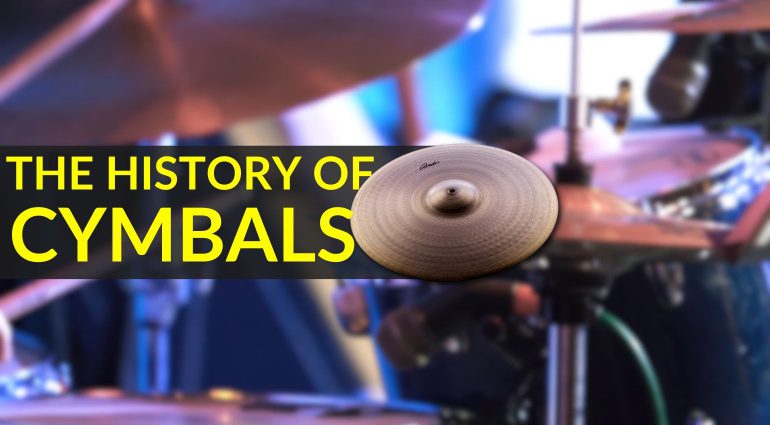Cymbals History Revealed: From Battlefields to Stadiums and Raves.
Cymbals History Revealed: it’s an instrument that’s an integral part of music across genres, cultures and societies. But where did the cymbal come from, how did it develop and how did it become so fundamental to music?
Cymbals History Revealed
It doesn’t matter if you listen to Jazz, Rock, Pop, Classical or even Techno; cymbals and the sound of cymbals are intrinsically etched into the framework of music. What’s perhaps more remarkable, is that you’ll find the cymbal in many cultures, societies and genres of music. But have you ever wondered where the cymbal came from, and why it’s so prevalent?
You might just see the cymbal as a simple, round metal disc, but its history, cultural impact and development are far from simple. In the process of researching the article, I uncovered an incredible history. Ancient civilisations, the quest for gold, assassination attempts, and even the cymbal’s use as a weapon of war.
The Bronze Age
You probably picture cymbals as going hand in hand with drums and percussion, but that hasn’t always been the case. The drum itself is possibly the oldest musical instrument of all. All you need to make a drum is a log and a tensioned animal skin; at its fundamentals, a drum is as low-tech as an instrument can get.
On the other hand, cymbals require a more advanced material; specifically, cymbals are typically made from bronze. Bronze is an alloy, meaning it’s a mixture of metals alongside a base of copper. It should come as little surprise then, that the first cymbals emerged in the Bronze Age. That’s around 3500 BCE; over 5500 years ago! Equally, some historians point to Armenian paintings and reliefs as depicting cymbal-like instruments, as long ago as the 7th century BCE
We’ll never know who first shaped sheets of bronze and clacked them together; however, you’ll find cymbals depicted in representations from ancient Rome, ancient Greece, ancient Egypt and throughout the Bible. It’s also believed that by the 3rd or 4th century, cymbals had found their way to China, as well.
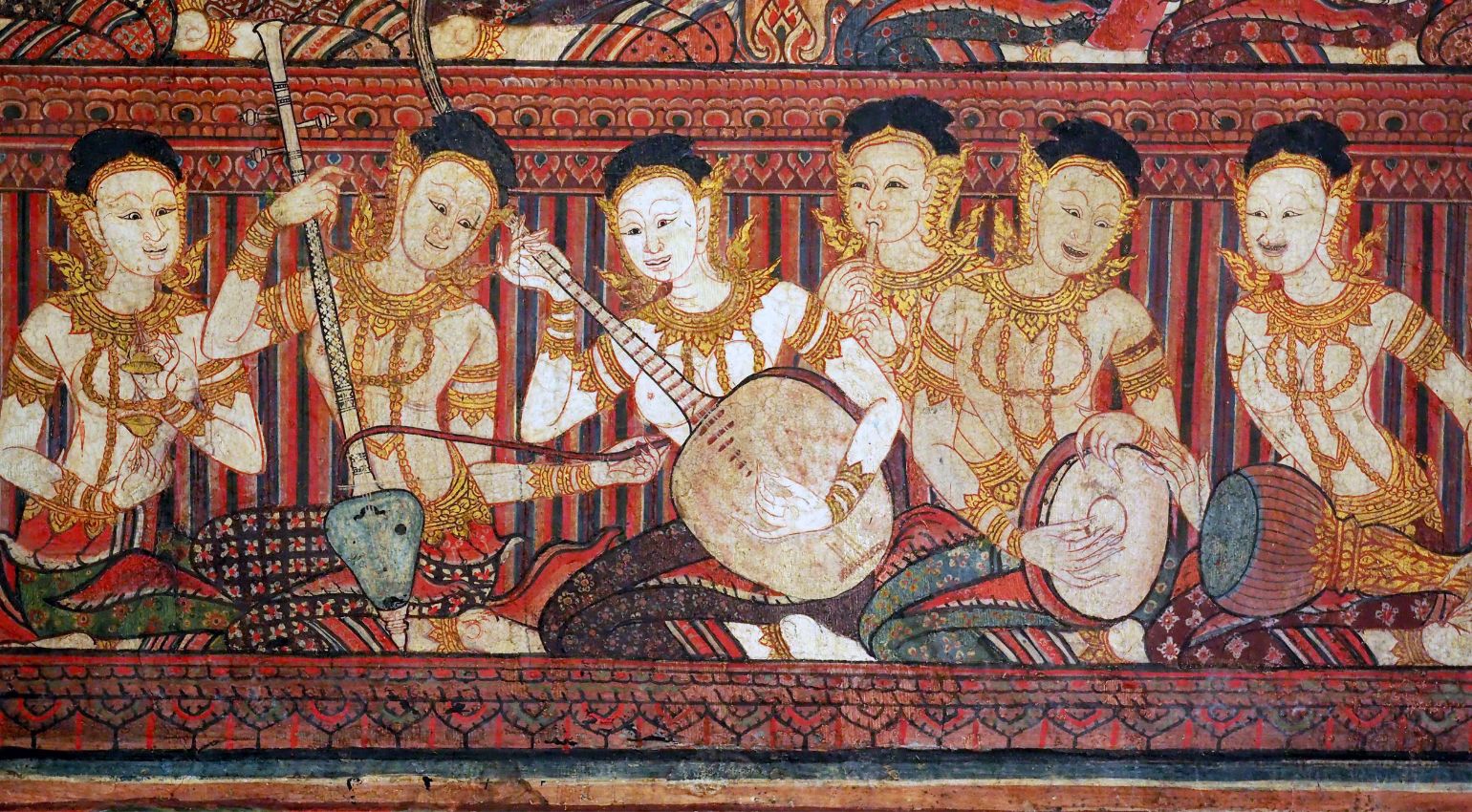
A mural from Thailand depicting cymbals being played alongside other ancient instruments. · Source: Shutterstock/
Turkish Alchemists
When you’re looking at cymbals history, one country has contributed the most to what we now recognise as cymbals: Turkey. Somewhere around the 14th century, cymbals became popular with Turkish Janissarys. A Janissary, in case you were wondering, was a member of the Sultan’s elite infantry unit. Yup, the military adopted cymbals as a weapon of war. Presumably, the loud volume of cymbals could be used to signal across a battlefield, as well as used to disorient opposing forces.
Around the 17th Century an Armenian Alchemist discovered something rather special. Alchemists were focussed on attempting to turn base metals into precious metals, such as gold. While our alchemist friend didn’t create gold, he did land on something just as valuable, the perfect formula for making cymbal bronze.
His cymbals rang in such a perfect way, and had such incredible musicality, that the Sultan bestowed upon him the title “son of cymbal maker”. In Armenian, this translates to the name Zildjian. Now if that name seems familiar that’s for a very good reason! Avedis Zildjian‘s legacy as a cymbal-smith has a direct lineage to many of the world’s greatest cymbal manufacturers…
The Zildjian Legacy
So what was it that Avedis Zildjian stumbled across, that was so special? Well, Avedis happened across a very special blend of Copper and Tin laced with a “mystery” special ingredient often believed to be silver. This bronze alloy was flexible yet strong and crucially gave a bright, brilliant sound. It was the perfect material to make the musical cymbals we think of today. This blend of 80% copper and 20% Tin is often referred to as B20 Bronze.
Avedis’ formula for cymbal bronze was kept a closely guarded secret and was handed from father to son across generations. It remained in Turkey for around 300 years until political upheaval caused the Zildjian cymbal formula to leave for far-flung shores.
With the fall of the Ottoman empire, around the turn of the 19th century, Turkey became an increasingly hostile place for Armenians to live. Aram Zildjian, the then Heir to the Zildjian legacy, attempted to assassinate the then Sultan of Turkey. His attempt failed and his implication in the attempt meant he had to leave Turkey, fast! The sound of Turkish cymbals was about to make its way to America…
You are currently viewing a placeholder content from YouTube. To access the actual content, click the button below. Please note that doing so will share data with third-party providers.
Cymbals History – The Jazz Era
The accounts of what happened next are often a little blurred, depending upon which source you read. What is clear, however, is that members of the Zildjian family moved to Boston in the early 20th Century. Avedis Zildjian III had established a lucrative business selling… candy! However, his uncle Aram informed Avedis III that he was to become heir to the business.
In 1928, Avedis III and other American living descendants of the Zildjian family began manufacturing cymbals in Quincy Massachusetts. In many ways, the timing could not have been more perfect; the new American Zildjian cymbals arrived just as Jazz was booming and a new generation of drummers sought improved cymbals.

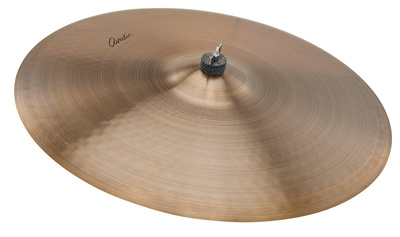
Avedis III’s gift to drummers everywhere was his willingness to work with prominent drummers of the era. Until this point, drummers simply purchased a “Turkish style cymbal” with the extent of their choice being how large the cymbal was. Now, in this rapidly emerging era of musical development, drummers asked for new designs.
Swing and bebop drummers such as Gene Krupa, worked with Avedis III in developing cymbals types and sounds that are now fundamental to the modern drum kit and kit playing styles. It might seem odd to us now, but before this era, there was no such thing as a crash or a ride cymbal. The drummer Papa Jo Jones is often accredited with the popularisation of keeping time on the Hi-Hat in the jazz era.
You are currently viewing a placeholder content from YouTube. To access the actual content, click the button below. Please note that doing so will share data with third-party providers.
It’s Only Rock and Roll (but I like it)
The Zildjian family’s legacy on the cymbal is enormous; there are probably half a dozen companies today which can directly link their lineage to the Zlidjians. Istanbul Mehmet and Agop, Turkish and most famously Sabian were all founded by either apprentices or direct descendants of the Zildjian family.
However, by the 1960s the world of music was about to get a massive shake-up. The Beatles’ appearance on the Ed Sullivan Show and Ringo Starr’s use of Zildjian cymbals caused an almost unmanageable swell in orders. Equally, take a listen to a lot of early 1960s pop music and you’ll hear that cymbals sound washy and often ill-defined in contrast to their use in Jazz.
Drummers were now demanding more volume to keep up with improvements in amplification. Try and picture in your mind Keith Moon flailing at cymbals with the stands almost falling over from his blows. For the next part of our story, we need to head to head to Europe and discover a very different way of making cymbals altogether.
You are currently viewing a placeholder content from YouTube. To access the actual content, click the button below. Please note that doing so will share data with third-party providers.
The Swiss Shift
Led Zeppelin’s John Bonham, Deep Purple’s Ian Paice, Pink Floyd’s Nick Mason; what do they have in common? Well, other than being drummers you know and love, they all use the same cymbals. In 1957 the Estonian Paiste family set up a cymbal factory in Switzerland. Once again, the timing was perfect to capture the emerging pop and rock drummers.
So, “What’s so different about Paiste cymbals”, you might ask yourself. Well, Paiste cymbals are made in a very different way to the traditional Turkish cymbals. Paiste began making cymbals in 1965 from a new bronze alloy known as B8 alloy which comprises 92% copper and 8% Tin. Paiste also employed many modern manufacturing processes in the manufacture of their cymbals. For example, Paiste cymbals are stamped from rolled sheets of Bronze, rather than hammered out from cast blanks, like Turkish cymbals.

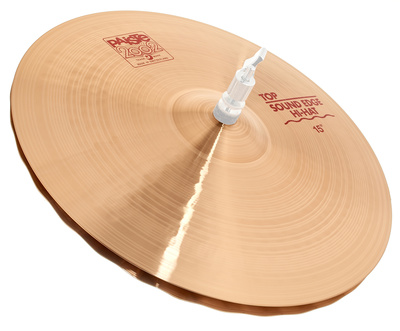
The result was that Paiste cymbals were more durable and more consistent than anything else being made in the period. For this reason, many big-name drummers adopted Paiste’s legendary 2002 series cymbals. Paiste also introduced an unlathed cymbal line known as the RUDE line, especially aimed at heavy-hitting drummers in metal and punk.
Ever used a splash cymbal? Well, you have Stuart Copeland and Paiste to thank for that! Paiste copied and refined a toy cymbal Copeland found on a trip to Asia.
You are currently viewing a placeholder content from YouTube. To access the actual content, click the button below. Please note that doing so will share data with third-party providers.
Cymbals History – The Electronic Era
By the 1980s, electronic music had emerged as a new, mainstream music genre. From the synth-pop of bands such as Depeche Mode and The Human League through to dance and rave acts such as Orbital, the sound of drums was changing. Fundamental to that shift in sound was the advent and mass adoption of drum machines; electronic boxes that had no need for physical drums or cymbals. Or did they?
Analogue drum machines such as the Roland TR-808 generated their sounds using purely electronic means. However, if you’ve ever got down to the groove of a Linn Drum, a DMX or a TR-909, then you have real cymbals to thank. Equally, the looped and sampled drums of Jungle, Drum and Bass and Hip Hop, all rely on recordings of acoustic drums and cymbals.
You are currently viewing a placeholder content from YouTube. To access the actual content, click the button below. Please note that doing so will share data with third-party providers.
Notably, if you’ve ever listened to the hats and cymbals of a TR-909 (and I promise you have) then you’ll know how distinctive those cymbal sounds are. Roland engineer Atsushi Hoshiai sampled some cymbals from his own collection to form the cymbal sounds of the TR-909. What were those cymbals, you might ask? Well, the classic crash and ride sounds were recordings of a Paiste Formula 602 18” Thin Crash. The Hi-Hats were a personal mish-mash of a Paiste top hat with a Zildjian bottom. You can buy a descendant of that very crash cymbal today, from Paiste.

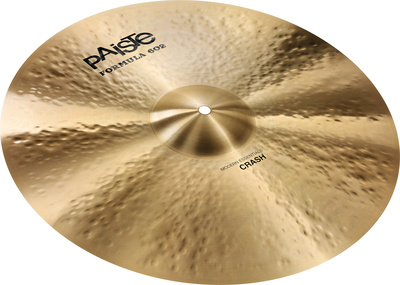
However, in a weird role reversal, cymbal manufacturers began making FX cymbals to emulate some of the unique cymbal sounds you’d hear in electronic music. Additionally, some drummers reverted back to seeking out the classic Turkish-style cymbals of the 50s and 60s. Jazz-influenced drummers like Clive Deamer could be seen behind acts such as Portishead and Roni Size recreating that authentic sound captured on vinyl decades before.
You are currently viewing a placeholder content from YouTube. To access the actual content, click the button below. Please note that doing so will share data with third-party providers.
E-Drums and E-Cymbals
The rise of electronic drums wasn’t solely linked to drum machines, however. If you tuned in to shows like Top of The Pops in the 1980s, you’d have seen the iconic hexagonal Simmons drum pads everywhere. Notably though, electronic drum kit players were still using acoustic cymbals. Why was that? Well very simply, electronic cymbals for drummers were either non-existent or hopelessly poor. While it was relatively easy to replicate a processed kick, snare or tom sound, cymbals required much more nuance.
It was not until the turn of the millennium that virtual cymbals for drummers came of age. Arguably, Roland’s V-Drums and the TD-10 kit brought about “silent cymbals” that could be played with a nuance similar to that of a real cymbal. Roland employed drum and cymbal modelling (rather than sampling) along with multi-zone pads. Roland’s V-Cymbals were now soft rubber pads that looked like cymbals, swung on a stand like a cymbal and could be played like cymbals. It was even possible to choke a V-cymbal like the real thing.

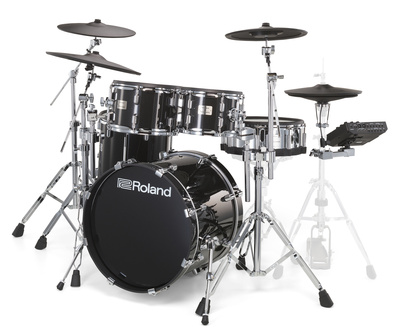
A fundamental musical tool
It’s quite a journey we’ve been on learning about a cymbals history. From the battlefields of The Ottoman Empire through to Big Band Swing, Rock and Roll and sweaty warehouse raves. The sound and the look of cymbals is now ingrained as an inescapable part of the musical landscape. What’s your favourite cymbal moment? What’s your favourite cymbal? let us know in the comments!
More Information

 4,0 / 5,0 |
4,0 / 5,0 | 